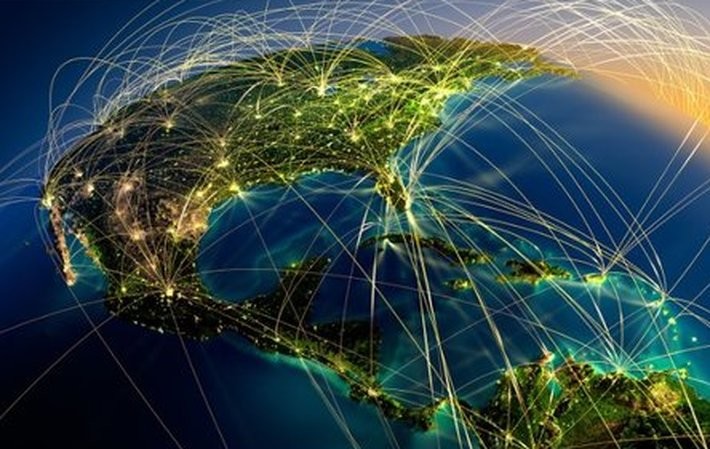
Published on 11/30/2016 | Market Sizing
We’ve covered both IoT implementation and how IoT is revolutionizing the retail customer experience, now it’s time to look at the impacts of IoT for logistics and transportation, an industry that is already implementing connected systems and will continue to do so at a rapid pace over the next few years.
IoT for logistics can have a positive impact for both operations and consumers that spans across the entire supply chain. Logistics companies are under more and more pressure to adopt connected systems in order to keep up with the pace of digital disruption and growing customer expectations. These expectations are largely driven by the “Amazon effect” where fast shipping (in some cases in hours) is becoming the norm.
Warehouses of course contain “things”, which need to be counted, moved, and ultimately transported to their destination. Traditional warehouses employ order pickers who would walk to the right aisle, grab merchandise, and set it up for shipping. IoT-based robotic systems instead rely on sensors and data to grab items efficiently and accurately.
The falling costs of sensors such as RFID devices is making widespread monitoring of items at the pallet or individual item level much more feasible. As merchandise comes into a warehouse, each pallet could transmit data such as the dimensions and weight of the merchandise, and other information. Cameras could even be used throughout this reception process to spot damaged goods, which could then trigger an alert for manual removal and/or inspection. As the pallets move to their designated location, the same sensors can update inventory systems for optimal “in-stock” statuses.
Temperature and humidity sensors can also be in place within the warehouse. If a heat wave strikes for example, sensors would let managers know when items are at risk from warping, and air conditioning could be automatically adjusted. Humidity levels can be especially damaging for electronics, and IoT sensors can spot improper packaging or potentially broken HVAC equipment that needs to be addressed quickly.
There are several safety gains that companies can realize with IoT implementation throughout the supply chain. One area of significant safety concern is with the usage of forklifts which are the cause of 1 in 6 workplace fatalities. While much improvement could be realized with better training, IoT can provide forklift drivers with several improvements. For example, sensors could be combined with cameras to allow forklifts to actively scan for hard-to-see objects that might cause collisions. They could also be programmed to sense when other forklifts or tight corners approach and then slow down to avoid tipping over. Pallets carried on forklifts are also not always loaded properly. Pressure sensors on the merchandise could help detect uneven or too-heavy loads. Some forklift companies are developing sensors within the forks that measure weight as well load balancing.
Sensors could also help managers to track the contents of truckload shipments, and to spot items that are restricted and should not travel together. Laptop computers and strong magnets for example, or chemicals that can be combustible. Armed with all of the IoT data, companies can create various rules that govern the shipping of materials in order to increase safety for drivers, pickers, and the end customers.
The cost reductions that are associated with IoT for logistics come throughout the process. Human labor costs can be reduced significantly when automated order picking and processing are put in place with IoT. Within the warehouse, accurate IoT can prevent machines from going off track and possibly disrupting other machines and operations in the chain. Delays can mean missed shipping deadlines and canceled orders, which further raises overall costs. IoT sensors mean that any picking robots that “go rogue” can be quickly spotted and fixed before the supply chain is impacted.
Companies that embrace IoT can further reduce their promised shipping times, which can help them to compete with other retailers that have already streamlined their operations. Shipping policies are a significant differentiator for retailers, and firms that can cut those related costs can have good ROI numbers for offering faster and more accurate shipping.
IoT is ideal for logistics and transportation companies because this is an industry that relies on many physical “things” that are literally in motion all the time. All of these things can be connected through sensors and ultimately the internet to uncover amazing insights into processes allowing companies to improve their efficiency, streamline operations and solve issues quicker which at the end of the day leads to reduced shipping costs and faster delivery times - benefiting the end customer.
This article was originally posted on LinkedIn.